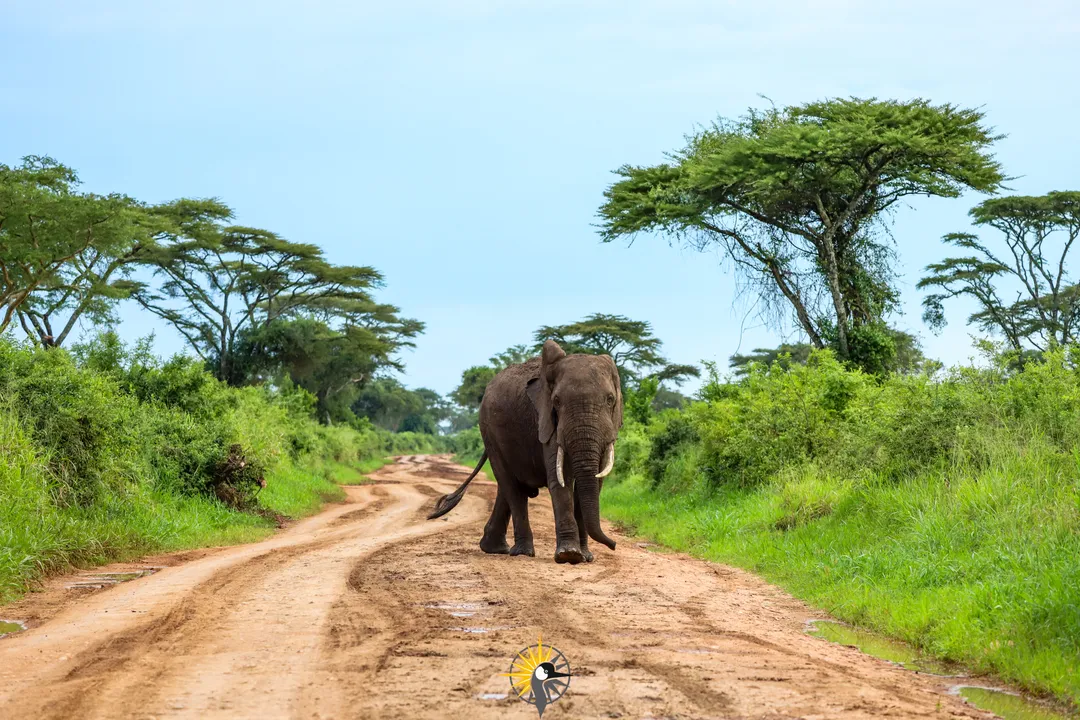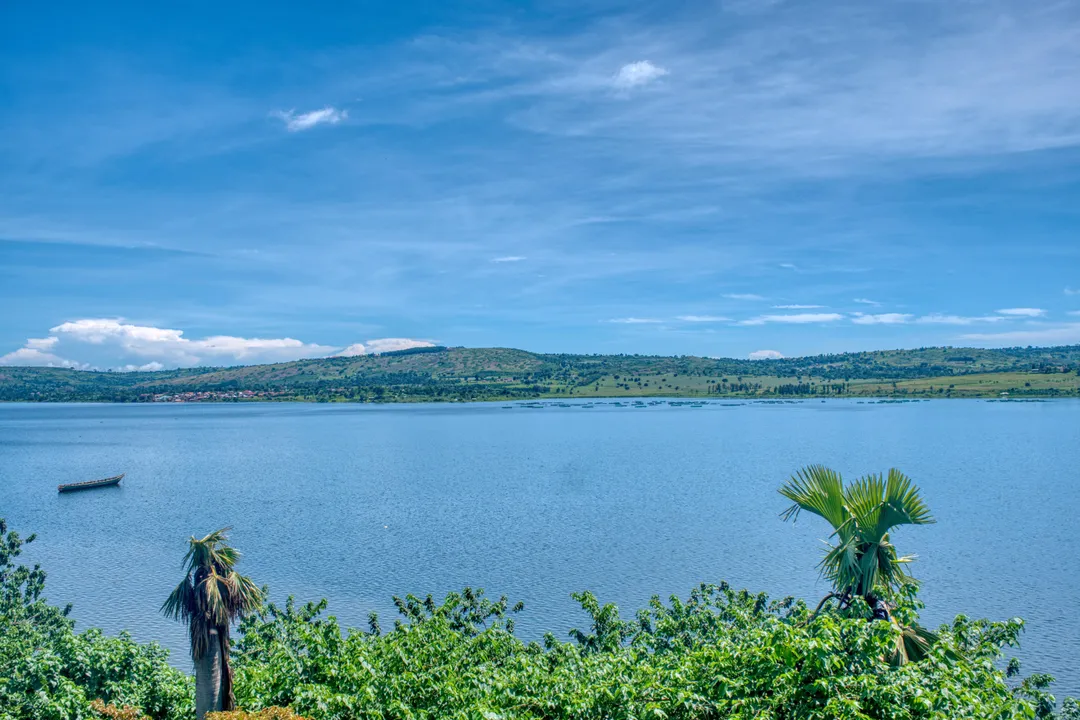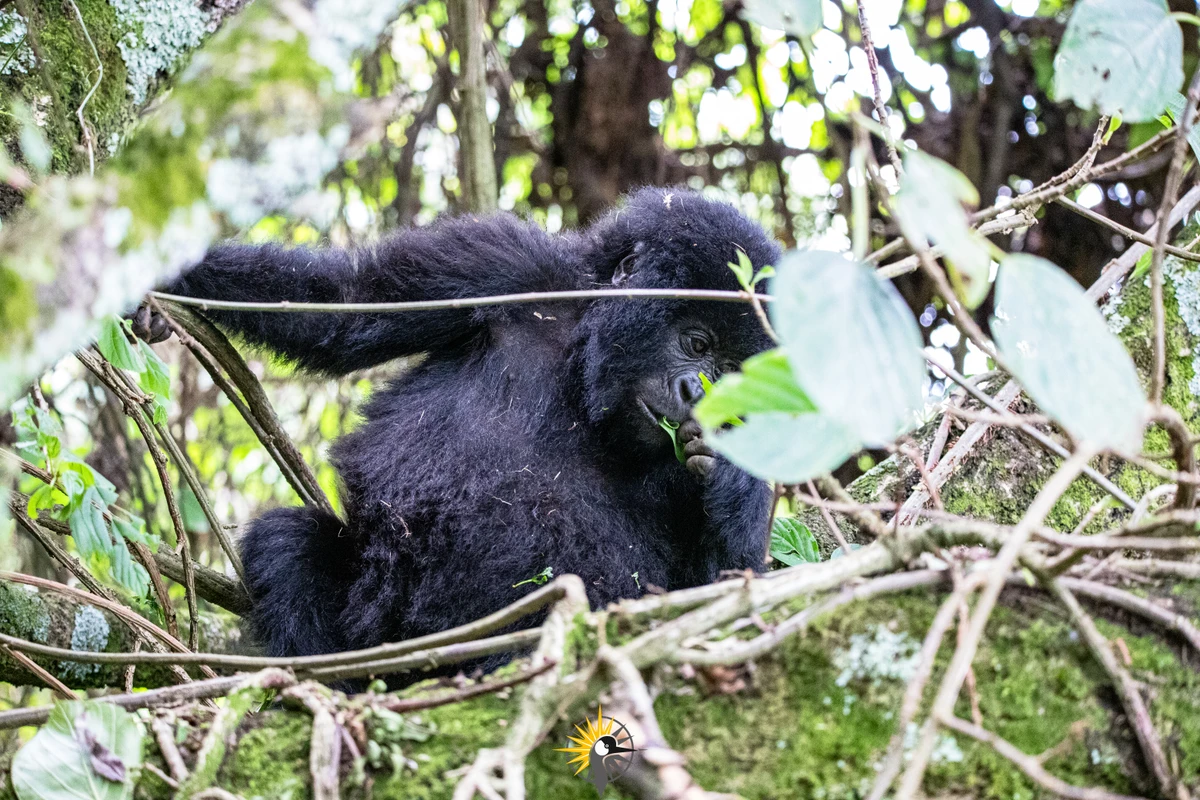Kahuzi Biega National Park operated by the Institut Congolais Pour La Conservation de la Nature (ICCN) is a World Heritage Site. Kahuzi Biega National Park is famous as the largest refuge of the highly endangered Eastern Lowland (Grauer's) Gorillas. The last census of the gorillas in 2013 counted only 145 individuals. The highland section with most of the gorillas is open for visits, with three Gorilla groups habituated for visitation.
2014 visits to the Highlands Kahuzi Biega National Park encountered no security problems. Visitors are advised to contact the rangers in advance and travel with them from the Cyangugu-Bukavu border with Kahuzi Biega National Park park rangers.
The park itself is absolutely gorgeous and the gorilla experience is simply superb. In general the area from Bukavu to Kahuzi Biega National Park is secured by several MONUSCO posts
In summary, stay with, listen to and follow the advice of the Kahuzi Biega National Park Park rangers and you should be at least as secure as you would be in many major cities around the world.
The Congolese people are extremely friendly and helpful and the eastern Congo is a lush and enormous landscape of beautiful mountains and lakes simply gorgeous! Kahuzi Biega National Park is the last major sanctuary of Grauer's lowland gorillas.
They are larger and potentially more endangered than the mountain gorillas of western Rwanda and Democratic Republic of Congo north of Lake Kivu.
A visit to Kahuzi Biega National Park operated by the Institut Congolais Pour La Conservation de la is high-adventure travel to an environmental paradise!
History of Kahuzi Biega National Park
A small zoological and forest reserve was established around Mount Kahuzi in 1937. A larger Kahuzi Biega National Park operated by the Institut Congolais Pour La Conservation de la was established in 1970.
The park became a World Heritage Site in 1980 to protect 200-300 eastern lowland (Grauer's) gorillas occurring mainly in the forests at 2,100-2,400 m, but also in the lower rainforest. The 'mosaic' of biotypes makes the park an excellent gorilla habitat.
Other primates include eastern chimpanzees, and numerous Cercopithecinae and Colobinae. Other mammals include elephants, forest hogs and many antelope and duiker.
Avifauna includes the endemic Rockefeller's sunbird, Grauer's broadbill, Grauer's warbler and Shelley's crimsonwing.
Endemic mammal species include giant gennet, Aquatic civet, Maclaud's horseshoe bat, Rwenzori least otter shrew, owl-faced monkey, eastern needle-clawed galago, Thomas' tree squirrel and Alexander's bush squirrel.
Fifteen villages of shifting cultivators were located in the eastern sectors of the park when it was created and continue to be occupied. The park is situated in one of the most densely populated areas of the country.
Some 90% of the population of Kivu is rural, mainly dependent on agriculture. Seven separate tribal groups live around the park including the Pygmy, Barega and Bashi peoples. Traditional livelihoods are based on shifting agriculture and subsistence hunting.
Landscape of Kahuzi Biega National Park
The park consists of two sections; the lowland (closed for visits) and the highland (open for visits). The park is situated in the eastern part of the country, 50 kilometers west of the town of Bukavu, near Lake Kivu and the Rwandan border.
It consists of a smaller sector on the eastern side covering part of the Mitumba Mountains, and a larger western sector in the Zairean central basin. The two zones are connected by a narrow corridor. The entrance to the park is at Tshivanga, on the eastern side. The 75,000 ha eastern sector is entirely montane.
The massif is part of the Mitumba Mountains range, the western mountains of the Great Rift Valley. The two main peaks, Mount Kahuzi (3,308 meters) and Mount Biéga (2,790 meters) are extinct volcanoes, and the massif dates from the late Tertiary or early Quaternary.
The lowland sector in the Zairean central basin covers the watersheds of the tributaries of the Luka and Lugulu rivers. These both drain into the River Lualaba. The extension lies below 1,500m apart from isolated peaks such as Mount Kamani (1,700 meters), and consists of mountains cut by deep valleys.
Undulating terrain in the west forms a belt between the two zones. The western zone is forested by equatorial rainforest, with transition forest between 1,200 meters and 1,500 meters. In the eastern zone, six different primary vegetation types have been distinguished: mountain rainforest, high-altitude rainforest, swamp forest, bamboo forest, subalpine heather and swamp and peat bog.
Flora and fauna
The park is home to some of the last remaining populations of Eastern lowland gorillas in the wild. There were an estimated 600 living in the park in 1990, but there are only believed to be a couple hundred still alive after the tumultuous fighting of the 1990s and 2000s.
In comparison to the western lowland gorillas, with a population of over 100,000 in Congo Brazzavile, the total population of eastern lowland gorillas numbers at less than 4,000. They are also not to be confused with the mountain gorillas sought by tourists in Rwanda, Uganda and Virunga National Park in Democratic Republic of Congo.
The Eastern Lowland Gorilla is noteworthy for being larger than their western counterparts or mountain gorillas. They are the largest known primates, measuring in at 1.76 meters (5 ft 9 in) for males and 1.60 meters (5 ft 3 in) for females.
Geting to Kahuzi Biega National Park
The park is accessible by a decent road from Bukavu.
Taxis, buses, and car hires can be made to reach the park.
You need a letter of invitation to apply for your Democratic Republic of Congo visa.
Book your airline tickets to Kigali, Rwanda (KLM or similar) and to Kamembe-Cyangugu-Ruizi (Rwandair) in advance.
You need a copy of your paid airline e-ticket to apply for a Democratic Republic of Congo visa, which costs $115 for a single entry.
You may not need a visa to visit Rwanda
Do not try to cross the Democratic Republic of Congo border without someone from Democratic Republic of Congo government, hopefully from the ICCN (Institut Conglais de Conservation de Nature) who run the Kahuzi Biega National Park (Parc National de Kahuzi-Biega). If they are with you, your crossing will be smooth and quick.
Other toursit destinations in Democratic republic of Congo
No park data available.
News and updates

The Ultimate Guide to Big Five Safaris in East Africa
Whether you’re a first-time safari-goer or a seasoned traveler, this guide explores everything you need to know about embarking on a Big Five safari in East Africa.
Tue Nov 12 2024

Romantic Safaris in Uganda and Rwanda
Known for their rich wildlife, stunning landscapes, and luxurious accommodations, offer couples the perfect opportunity to experience nature's most awe-inspiring moments together.
Sat Nov 09 2024

What is the Source of the Nile, and How Can I Visit It?
In this article, we will explore the various sources of the Nile, the debate surrounding its true origin, and offer tips on how travelers can visit these remarkable locations.
Tue Oct 22 2024









